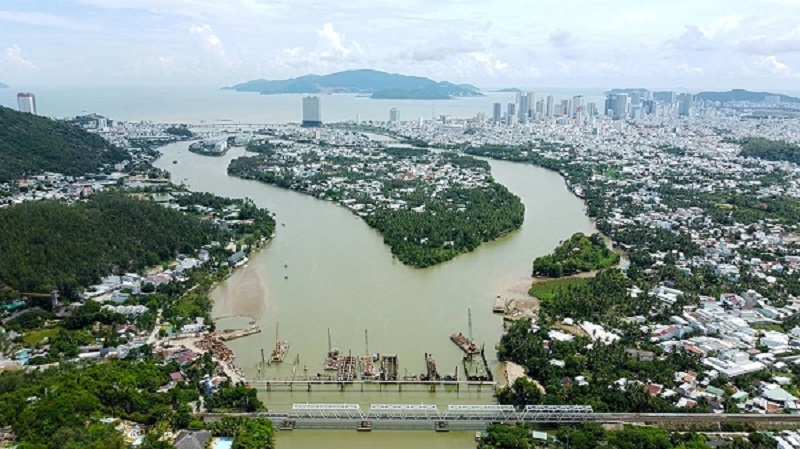Surface water pollution in Khanh Hoa: Many health risks for children
A new study by the Institute of Environmental Science, Technology and Management at the Ho Chi Minh City University of Industry assessed the level of heavy metal pollution in surface water in Khanh Hoa, a province with a dense water system.

From 2016 to 2020, the team analyzed 1,140 water samples from reservoirs, rivers and canals, with small areas, such as canals having the highest levels of pollution. The results showed that iron was the most common metal, but cadmium posed the greatest health risk, especially affecting children, as its concentration contributed to 84.4% of the overall risk, while arsenic and chromium also pose serious risks to the immune system and neurological development of young children.
Seasonal analysis showed that pollution was higher in the dry season due to metal concentration, while the rainy season can reduce concentrations due to large amounts of water, but sometimes increases pollution due to the washing away of dust and fertilizers from agricultural activities. In particular, the risk index (HI) of children exceeded the safety threshold, indicating a high risk of harm if exposed to polluted water, while adults had a much lower risk.
The study identified three main sources of pollution: traffic emissions, urban and industrial dust; agricultural activities spraying fertilizers; and mining, paint and dye production. Of these, cadmium and iron are mainly generated from runoff through farmland, especially from fertilizers. Recommendations focus on protecting children, regular monitoring of heavy metals, controlling discharge sources, and applying natural or low-cost water treatment technologies to minimize the impact of pollution on communities.